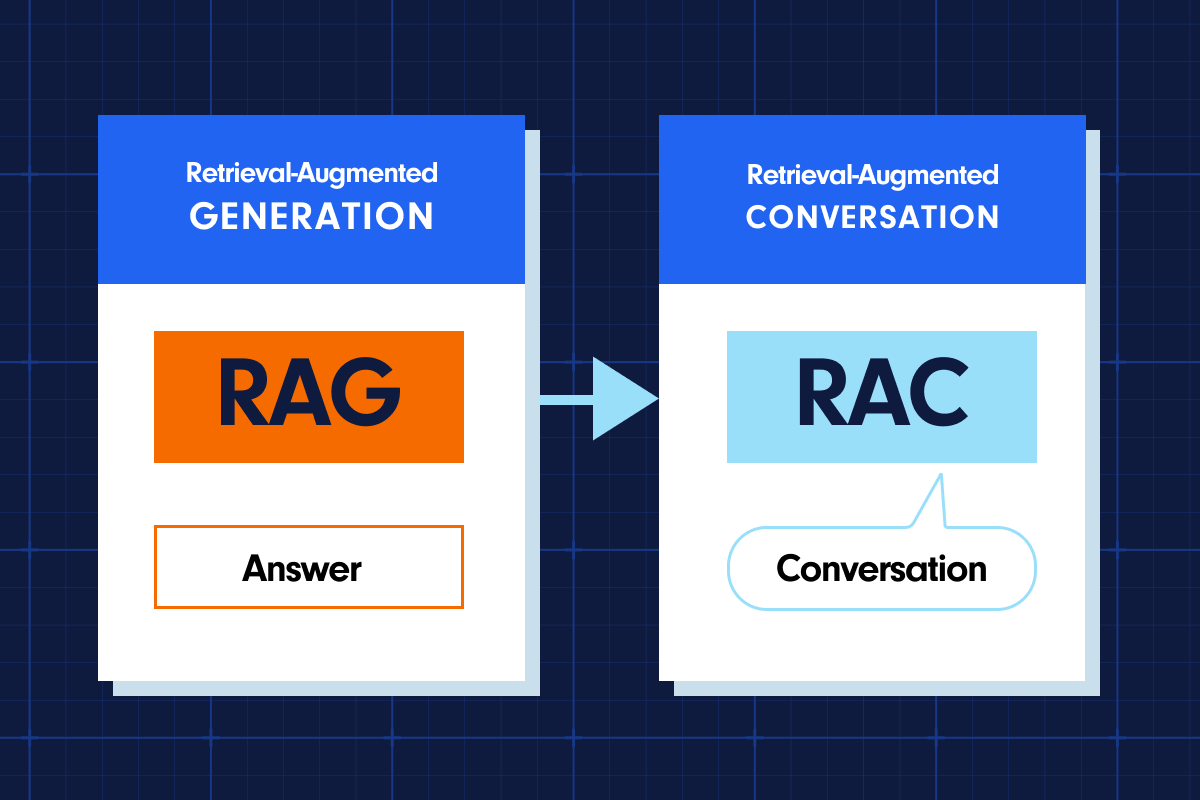The future of service in the capital equipment and heavy machinery industry is rapidly evolving. Everyone – from executives to field service managers – is thinking about how to transform the way they deliver service.
That’s in response to the many challenges impacting service delivery. Customers are demanding guaranteed uptime. A historical labor shortage in the skilled trades shows no sign of slowing. Supply chain disruptions have led to longer service cycles and increased pricing pressures. The skills gap in the workforce is growing, due in part to the increasing complexity of machinery and the aging labor market.
Let’s take a look at how savvy leaders are using technology like service intelligence to strengthen their business.
How today’s service challenges impact service delivery
Service leaders spend too much of their day putting out fires. They are managing uneven customer experiences, lower productivity, and higher costs. It’s hard to create a successful and profitable organization with so many moving parts.
Amid this market disruption, capital equipment organizations, and those that service them, are also working hard to implement transformation efforts. They are adopting digitization and data-driven processes to move towards outcome-based or servitization models and away from reactive break-fix work.
What is the future of service in capital equipment?
“Traditionally, dealers have operated their service organizations in reactive fashion, with equipment service triggered by customer requests,” says recent research by McKinsey & Company. “Going forward, dealers have opportunities to…help customers maximize productivity and efficiency by increasing equipment uptime. Sixty-four percent of dealers consider enabling this better customer service experience to be the top opportunity in the future of service.”
Service executives, including the Director of Service at Konecranes, agree. They are assembling teams and implementing technology that turns data into meaningful insights. The information is critical in maximizing uptime, boosting service performance, and fostering better customer relationships.
What is Service intelligence, and how will it help capital equipment organizations provide better customer experiences?
Service intelligence is the natural outgrowth of field service management software. With sophisticated artificial intelligence and data analytics, service organizations can make proactive, data-driven decisions. And furthermore, with insightful information, it’s possible to transform service from a cost center to a profit center.
Organizations that provide the right service at the right time are positioned to maximize uptime and dramatically improve customer satisfaction. Here’s how:
- Data from service interactions hold valuable insights into workforce performance, asset reliability, and customer experience
- A service intelligence platform captures and makes sense of this data in plain language
- Service Intelligence generates prescriptive insights, builds plans to optimize service delivery, and improves efficiency
- These platforms will also identify cost drivers, training needs, and customer issues more effectively
Here are five ways service intelligence enables organizations to overcome service challenges and thrive in the new landscape.
1. Bridge the Skills Gap Across the Service Workforce
Baby Boomers are transitioning into retirement, and they’re taking much of their technical know-how and service best practices along with them. The labor shortage has made it extraordinarily difficult to hire enough people to fill the number of empty roles, and it’s also challenging to hire those who have the right technical skills.
Smart digital tools can capture institutional knowledge from your expert service workers and distribute that information across the entire workforce. That puts experts’ hard-earned knowledge into an intuitive interface that empowers the new and digitally-native workforce. In addition, it enables hiring managers to hire candidates based on the right fit or soft skills and train on specific technical skills.
2.Identify Training Needs
When service leaders have access to granular details, combined with big-picture context, they can create specialized training for every member of the team.
Service intelligence platforms take into account all of the details surrounding a technician’s performance, including the customer, asset, number of visits, fixes employed, success rates, and more. Managers can review individual technician performance and performance as a group to identify where specific team members need a hand, which employees are the best candidates to act as mentors, and where to improve training programs overall.
3. Resolve Service Issues Faster
Equipment uptime is crucial for everyone’s success: capital equipment manufacturers, service teams, and customers who rely on the equipment for everything from construction projects to semiconductor manufacturing. Among the most critical factors in improving uptime is identifying the root cause of problems as quickly as possible.
The previous model, which used outdated equipment manuals and static decision trees to help determine root cause analysis, isn’t working. Today’s data-driven solutions rely on historical service data, everything from CMS and parts databases to technician notes, is the most efficient route to success—and can get smarter and more accurate over time.
4. Evolve from a Break/Fix Service Organization to a Predictive One
Fixing machinery only when it spontaneously breaks results in unplanned equipment downtime – and deeply dissatisfied customers whose business gets disrupted. In addition, reactive work makes it harder to plan staffing resources, especially when the best service pros are already overscheduled.
Shifting from a reactive break/fix service approach to a proactive/predictive model offers customers and service teams vastly better cost control, increased equipment uptime, and superior customer experience.
5. Enable Accurate Decision-Making Across the Entire Organization
Service intelligence seamlessly combines service data with workforce knowledge to create a more comprehensive view of your organization. With deeper insights, service leaders have a more accurate understanding of the workforce, customers, and assets.
Data presented in plain language can explain why top performers are able to make fixes so quickly at a lower cost. Conversely, it will detail why some team members struggle to repair specific equipment. In addition, it will highlight customers at risk of escalation – and even alert the team when it’s time to make a proactive service visit.
Get a demo. See how Aquant’s Service Intelligence Platform provides service leaders across the capital equipment industry the ability to make proactive, data-driven decisions.








